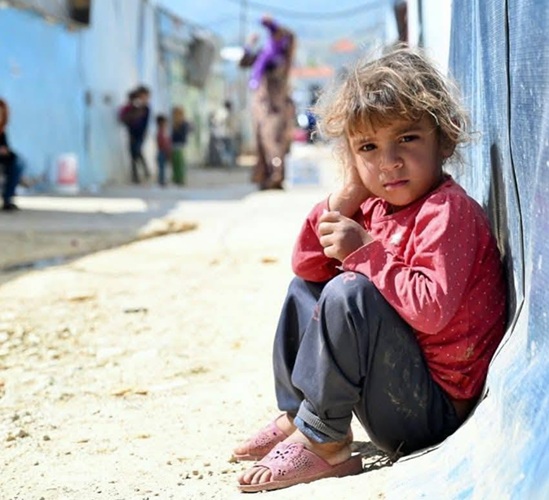 Rabat, (IINA) : The Moroccan’s economy is expected to see better days, with an estimated Gross Development Product (GDP) of up to 3.5 percent in 2018, up from 1.5 percent in 2016, according to a report by the World Bank.
Rabat, (IINA) : The Moroccan’s economy is expected to see better days, with an estimated Gross Development Product (GDP) of up to 3.5 percent in 2018, up from 1.5 percent in 2016, according to a report by the World Bank.
Data piled up by the World Bank Economic Monitor for the Middle East and North Africa (MENA) said economic activity in Morocco is expected to rebound in 2017 following a sharp economic nosedive in 2016. In the short term, Morocco’s GDP growth should slow down to 1.5 percent in 2016 as the full impact of the fall 2015 drought unwinds, it added. The report, which was prepared by a team led by Shanta Devarajan, also said agricultural GDP is projected to contract by 9.5 percent in 2016 before rebounding by 8.9 percent in 2017.
Non-agricultural GDP growth is expected to hover around 3 percent in the absence of more decisive structural reforms, Morocco World News reported.
In line with the government’s commitment, the fiscal deficit should be further reduced to 3 percent of GDP in 2017, which should also feature an enhanced central and local governments’ budget design and implementation for better public service delivery and efficiency consistent with the new Organic Budget Law, the report further read.
MENA Monitor economists estimated that over the medium term, Morocco should be able to speed up its economic growth while upholding macroeconomic stability. The strong performance of the newly developed industries (automobile, aeronautics, and electronics) and the expansion of Moroccan companies in Western Africa are potentially creating the conditions for Morocco to lift its position in global value chains.
However, economic outlooks and the consolidation of its macroeconomic stability gains over the medium term depend on the pursuit of sound macroeconomic policies and the enhancement of structural reforms so as to step up productivity gains, trim down youth unemployment, boost female labor force participation, and curtail further poverty and inequalities, World Bank economists stated.
Looking ahead, assuming the full implementation of a far-reaching reform agenda following the autumn 2016 parliamentary elections, growth could reach 4 percent over the medium term, with inflation kept at around 2 percent, MENA Monitor highlighted.
However, the spatial inequalities are likely to persist in the absence of targeted policies that address the multitude of challenges faced in the lagging regions of the country.
According to the World Bank Mena Monitor, economic activity slowed to 1.4 percent in the second quarter of 2016 (vs. 4.2 percent during the same period last year), as a result of a 12.1 percent contraction in agricultural production, while growth outside the agriculture sector remained sluggish at around 2.5 percent.
While the overall unemployment rate has hovered around 9 percent in recent years, the rate among urban youth is much higher and reached 38.8 percent in June 2016.





0 Comments